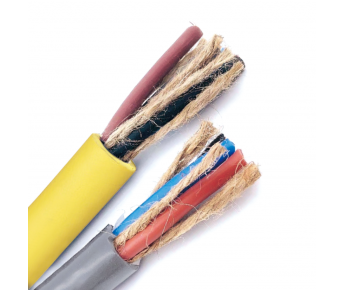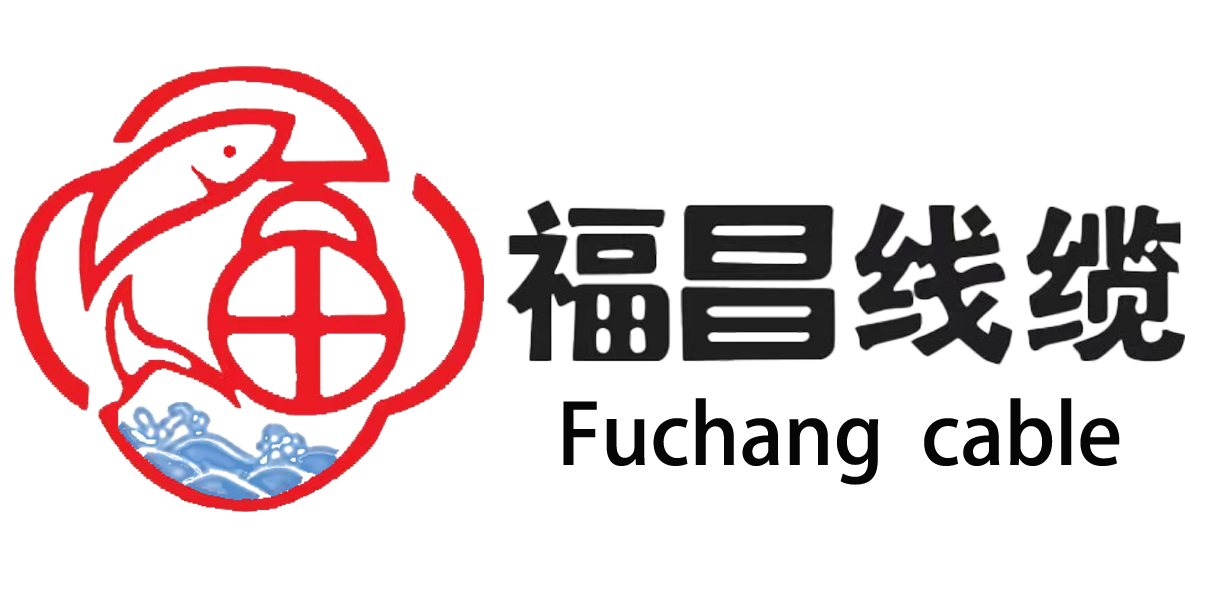
Login or create an account
CloseReturning Customer
I am a returning customer
Login or create an account
CloseRegister Account
If you already have an account with us, please login at the login form.
Your Account Has Been Created!
Thank you for registering with Cangzhou Xintai Cable Co., Ltd!
You will be notified by e-mail once your account has been activated by the store owner.
If you have ANY questions about the operation of this online shop, please contact the store owner.
Account Logout
You have been logged off your account. It is now safe to leave the computer.
Your shopping cart has been saved, the items inside it will be restored whenever you log back into your account.
The submersible pump cable is an important component of sonar equipment
07/10/2017 | Plazathemes

According to the sealing method, it can be divided into two types: horizontal and vertical. The longitudinal submersible pump cable uses water blocking adhesive or foam water blocking tape to delay the flow of cables inside the cable. Improve the reliability of equipment usage.
Traditional submersible pump cables are sealed with water blocking paste. After curing the water blocking paste at room temperature, the components are tightly combined to form a solid whole to achieve the water blocking effect. However, cables are subject to external factors such as repeated winding, which results in relative displacement and gaps on the surfaces of tightly bonded components. Once the cable breaks, water with strong water pressure will penetrate along the gap.
In recent years, the scale of China's shipbuilding industry has rapidly expanded, with a significant increase in ship production and continuous upgrading of ship varieties and structures. Efforts to improve the localization of China's ship supporting equipment and achieve leapfrog development of China's ship supporting equipment are imperative.
Marine cables are used as nerves and blood vessels for ships, and are also important supporting equipment for localization. The cable is also directly related to the safety, reliability and progressiveness of the ship. When ordinary cables encounter seawater, they cannot prevent seawater from seeping into other compartments and entering the equipment through the interior of the cable. It is impossible to ensure that the watertight compartment does not pass through cables and enter the water. At the same time, seawater entering the cable can also corrode the cable, causing the entire cable to be scrapped and damaging the precision equipment connected to the cable. Therefore, scientists have developed a new type of cable - submersible pump cable
The advantage of submersible pump cables is that they provide deep-water cables for ships, which can be used in deep water, especially seawater, with longitudinal waterproof properties, and seawater will not penetrate into the cables.
